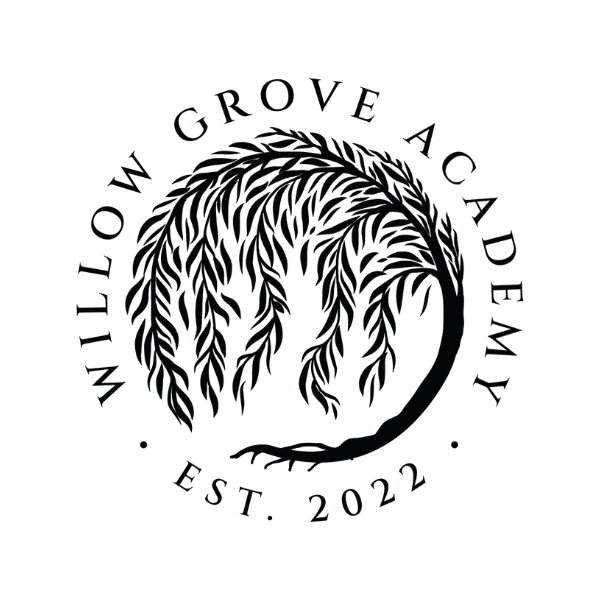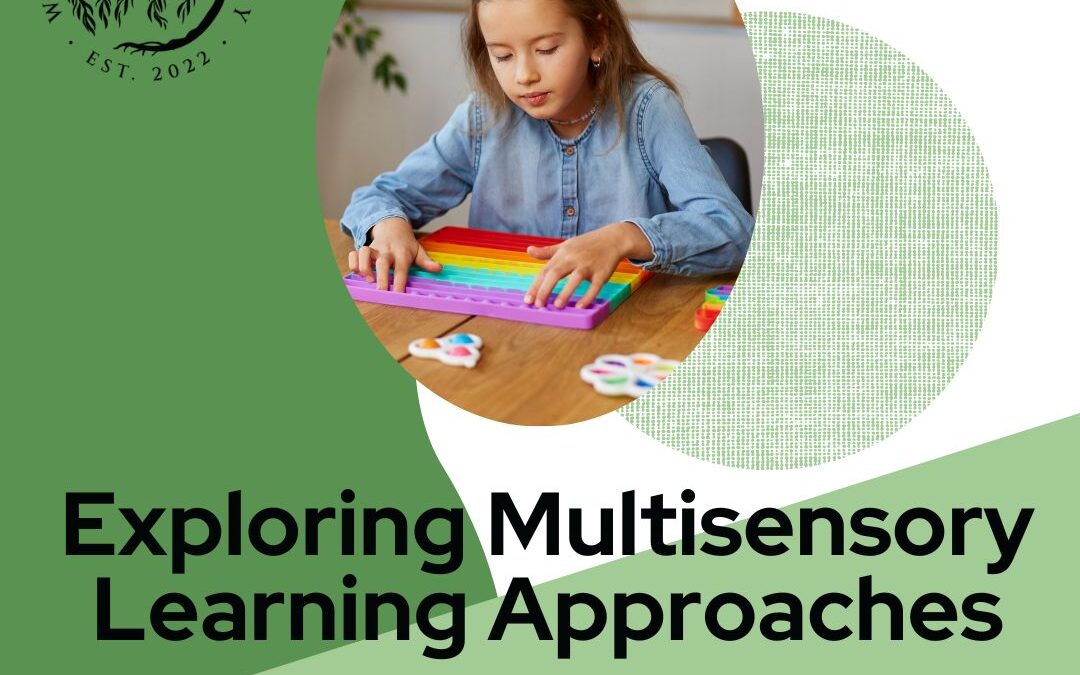Students with learning difficulties can often benefit from multisensory learning approaches.
If you are unfamiliar with multisensory teaching strategies, it involves incorporating all of the senses into your instruction: visual, auditory, kinesthetic, and tactile.
Once you get the hang of using the different senses, you are able to use the techniques with any academic subject you are teaching.
1. Let’s explore visual learning first.
It involves learning with sight, what the child can see. Even though this is straightforward and one of the most common modes of instruction, a little creativity can really help a struggling learner.
For example, drawing pictures on words can help cement spelling for a struggling reader. Using color in a multi digit multiplication problem can help a student track which numbers he has already used to help him solve the problem.
2. Auditory learning is also one of the most common modes of instruction.
Often discussing new material, reading out loud, or practicing a new concept orally is helpful. Some students benefit from playing music in the background (without lyrics which can be distracting) while studying.
While studying, reading notes out loud or reciting them orally can help cement a concept for the auditory learner.
3. Kinesthetic learning can be difficult for some teachers as it involves movement.
Physical engagement may help a learner process information better. It is especially useful with a student who has lots of energy and seems to always be in perpetual motion.
Simple things like allowing the student to stand instead of sit while learning, bouncing or tossing a ball while answering questions or spelling words or playing with legos while listening to a read aloud can make a big difference in a wiggly learner’s retention.
If you can get outside, jumping on a trampoline or jumping rope can be used to keep your learner moving while reciting math facts or narrating a story back to you.
4. The last category is tactile learning.
This is learning through touch. Science lessons are often tactile lessons as students do hands-on labs. Math is easily adapted to tactile learning with the simple use of manipulatives.
Spelling words can be made out of clay, or the student can create a diorama in history rather than writing a report.
Once you have some experience with multisensory learning, it becomes easier to adapt any lesson, it just takes a little practice.
Be sure to use all of the senses and not focus on only one style. Research shows that varying the delivery of instruction helps students with long term retention of information.

